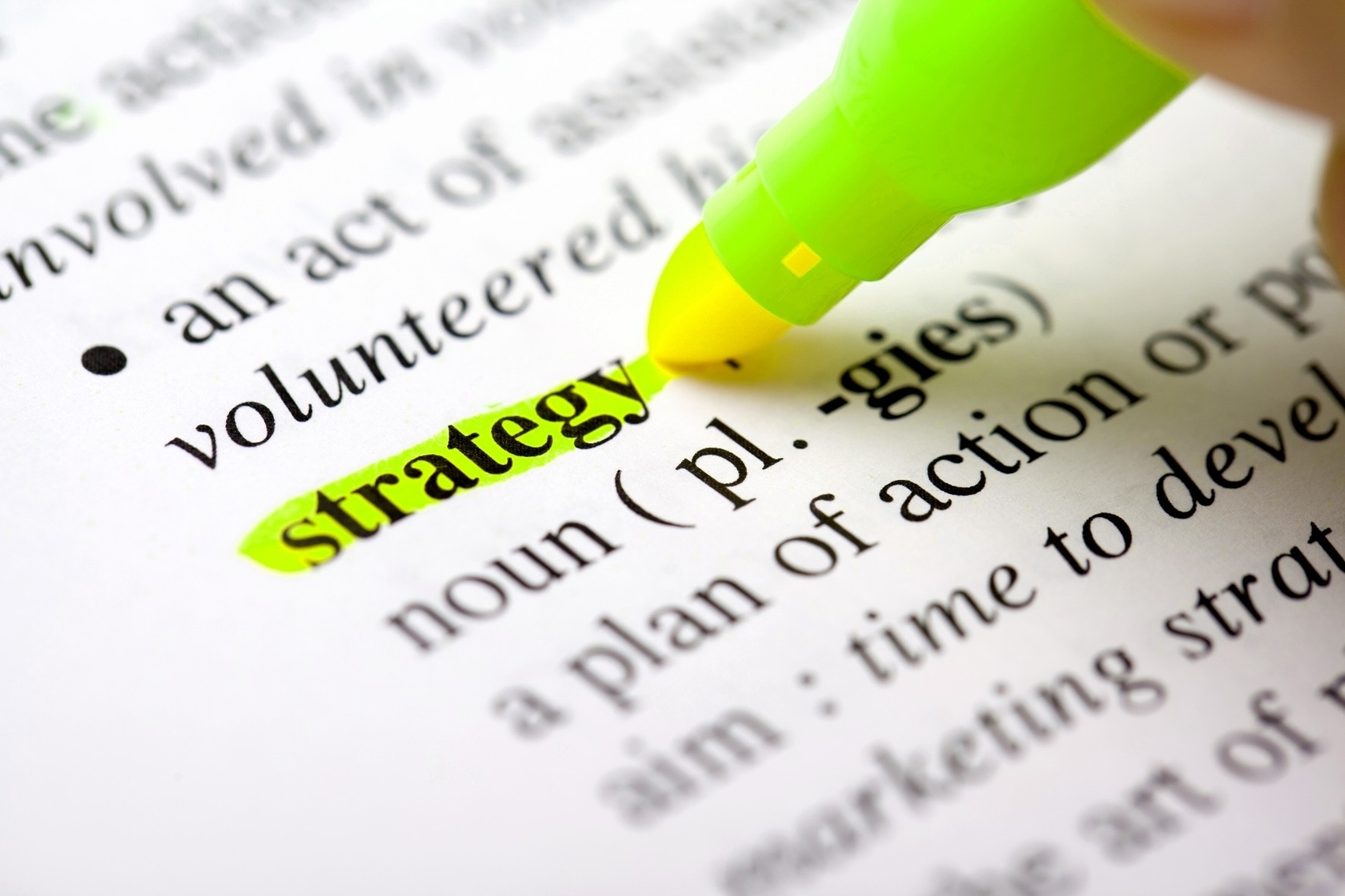
Scenario planning is a strategic planning method that helps organizations prepare for the future by anticipating and planning for different possible scenarios. It is a way to identify potential risks and opportunities, evaluate responses, and manage for both positive and negative possibilities. By visualizing potential outcomes, businesses can become proactive versus simply reacting to events.
cenario planning is a process that involves identifying assumptions about the future and determining how your organization will respond. It enables decision-makers to identify ranges of potential outcomes and estimated impacts, evaluate responses, and manage for both positive and negative possibilities. From projecting financial earnings and estimating cash flow to developing mitigating actions, scenario planning is more than just a financial planning tool it’s an integrated approach to dealing with uncertainty.
There are a number of templates and formalized frameworks for scenario planning, as we’ll discuss. What’s important is choosing a method that works for your team. Here are some practical examples of scenario planning:
1. Expanding Your Business: Most entrepreneurs have one goal when it comes to running their business keep growing. Scenario planning can help you identify potential risks and opportunities when expanding your business. For example, you could consider the impact of new competitors entering the market, changes in consumer behavior, or shifts in the regulatory environment.
2. New Product Release: New product launches and services are a necessary part of increasing your profit and keeping customers satisfied. Scenario planning can help you identify potential risks and opportunities when launching a new product. For example, you could consider the impact of changes in consumer behavior, shifts in the regulatory environment, or the possibility of a competitor launching a similar product.
3. Preparing for An Economic or Natural Disaster: Scenario planning can help you prepare for an economic or natural disaster. For example, you could consider the impact of a recession on your business, the possibility of a natural disaster such as a hurricane or earthquake, or the impact of a cyber attack on your business.
There are a number of templates and formalized frameworks for scenario planning. Some of the most widely-used templates include:
1. Scenario Planning Template 1: This template is a tree layout that helps you visualize different representations of an organization’s future, based on assumptions about the forces driving the market.
2. Scenario Planning Template 2: This template is a matrix layout that helps you identify potential risks and opportunities when expanding your business.
3. Scenario Planning Template 3: This template is a timeline layout that helps you identify potential risks and opportunities when launching a new product.
Ultimately, scenario plans tell a story with many possible endings. Crafting the narrative requires a clear set of assumptions about potential business realities and ensuing outcomes. By building organizational awareness of what could happen, leaders may spot warning signs of brewing challenges and respond accordingly. When a worst-case event arises, scenario planning documents add tremendous value by playing out multiple outcomes and listing immediate steps to contain damage. Plans are also valuable for best-case scenarios say a product goes viral and demand spikes 300% overnight? What if an acquisition opportunity lands unexpectedly? Are you prepared?
